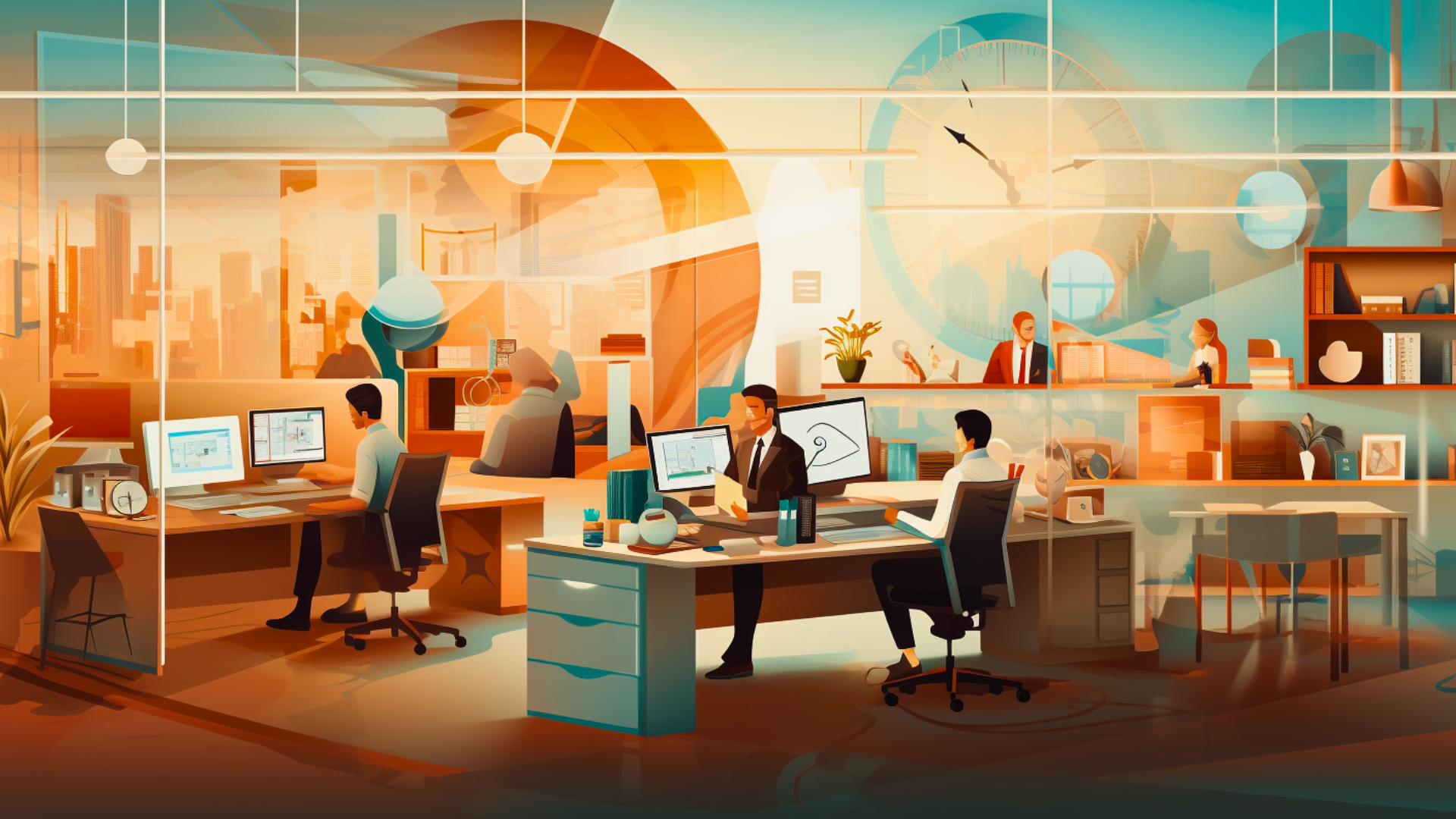
From Burned Out to Balanced: Designing Workplaces for Well-Being and Productivity
Feeling stressed, overwhelmed, and burned out seems to have become an all-too-common...

In the dynamic and competitive landscape of today’s business world, the key to success extends beyond technological innovation. It lies in the ability to fully leverage the potential of human capital. This includes understanding and embracing neurodiversity, a concept that emerged from the autism community in the 1990s. Neurodiversity reframes neurological differences such as autism and ADHD as natural variations of the human brain, not defects. By acknowledging this diversity and tailoring our workplaces to accommodate it, we can tap into a reservoir of untapped potential, driving business success.
Sensory design emerges as a potent instrument in this endeavor. This approach, focusing on how our environments influence our senses, can play a pivotal role in creating inclusive workplaces. Neurodiverse individuals often perceive sensory stimuli differently – a minor annoyance for some can be overwhelmingly distracting to others. Sensory design, by taking these variations into account, can create environments that cater to everyone’s needs, thereby enhancing comfort, productivity, and overall well-being.
The implementation of sensory design necessitates a thoughtful approach to visual, auditory, and tactile elements. Strategies such as using natural lighting, incorporating calming colors, providing adjustable light levels, utilizing soundproofing materials, creating quiet zones, and offering a variety of seating options can cater to different sensory preferences. Importantly, the design process should be inclusive, involving the people who will use the space. This ensures that their specific needs are met and fosters a sense of ownership and belonging.
Despite its clear benefits, the implementation of sensory design can face challenges such as budget constraints, lack of awareness, and resistance to change. However, these challenges can be overcome through raising awareness about neurodiversity, demonstrating the benefits of sensory design, and involving all stakeholders in the design process.
As we look to the future, sensory design holds the potential to transform our workplaces, making them truly inclusive for neurodiverse individuals. As our understanding of neurodiversity deepens, so too should our commitment to creating supportive environments. By embracing sensory design, we can create workplaces that not only accommodate neurodiverse individuals, but also enhance well-being and productivity for all employees. The future of work is inclusive, and sensory design is a key part of that future. Business leaders who recognize this will be at the forefront of the next wave of workplace innovation.
In the broader context, the integration of sensory design in the workplace is not just about creating a conducive environment for neurodiverse individuals. It’s about fostering a culture of inclusivity and respect, where every individual, regardless of their neurological makeup, feels valued and heard. It’s about recognizing that our differences are our strengths, and that by leveraging these differences, we can drive innovation and business growth.
Moreover, embracing sensory design and neurodiversity can also enhance a company’s reputation, making it an employer of choice for top talent. In a world where the competition for talent is fierce, companies that demonstrate a commitment to diversity and inclusion are more likely to attract and retain talent.
Ultimately, sensory design and neurodiversity are not just buzzwords. They represent a fundamental shift in how we think about the workplace. They challenge us to create environments that are not only functional and efficient, but also inclusive and supportive. They underscore the fact that the true strength of a business lies in its people, and by nurturing our people, we can unlock unparalleled success. This is not just about creating workplaces that accommodate neurodiverse individuals, but about fostering a culture where everyone, regardless of their neurological makeup, can thrive.